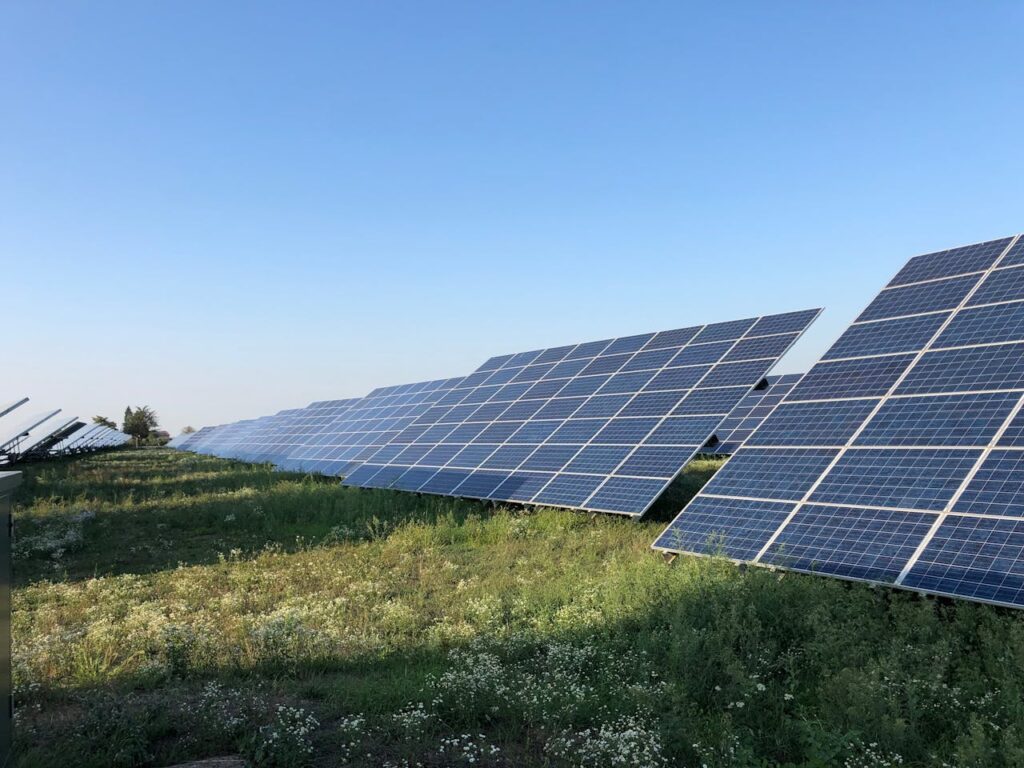Innovations In Solar Panel Recycling
Recycling solar panels not only mitigates environmental impact but also recovers valuable materials for reuse. Innovative technologies in solar panel recycling are transforming the industry, making the process more efficient and sustainable.
This article explores some of the cutting-edge technologies driving advancements in solar panel recycling.
Laser Separation Technology
Laser separation technology is one of the most promising innovations in solar panel recycling. This method uses high-precision lasers to cut and separate different layers of the solar panel without causing damage to the materials.
The laser can accurately target the adhesive layers, allowing for clean separation of glass, silicon cells, and other components. This technique improves the purity and quality of the recovered materials, enhancing their suitability for reuse in new panels or other applications.
Thermal Processing
Thermal processing, also known as pyrolysis, involves heating solar panels to high temperatures to break down the materials. This method effectively separates organic materials, such as encapsulants and backsheet, from inorganic materials like glass and silicon.
Advanced thermal processing technologies can precisely control the temperature and atmosphere to optimise the recovery of high-purity silicon and other valuable components. This approach also helps in minimising the release of harmful emissions during the recycling process.
Chemical Etching
Chemical etching is a technique used to recover high-purity silicon from solar cells. In this process, chemical solutions are used to dissolve the metal contacts and anti-reflective coatings on the surface of the silicon wafers.
The remaining silicon can then be cleaned and purified for reuse. Recent advancements in chemical etching solutions and processes have made it possible to recover silicon with minimal contamination, ensuring high-quality material for the production of new solar cells.
Electrochemical Processes
Electrochemical processes are emerging as a sustainable method for recycling solar panels. These processes use electrochemical reactions to dissolve and separate metals from the solar panel components.
For example, copper and silver, commonly found in solar panel wiring and contacts, can be efficiently recovered using electrochemical techniques. These methods offer high recovery rates and purity, reducing the need for further purification steps and minimising environmental impact.
Mechanical Crushing and Separation
Mechanical crushing and separation involve physically breaking down solar panels into smaller pieces and then separating the materials based on their properties. Advanced machinery, such as shredders and granulators, are used to crush the panels, while techniques like air classification, magnetic separation, and density-based separation are employed to sort the materials. Innovations in mechanical processing have led to higher efficiency and lower energy consumption, making this approach more environmentally friendly.
Hydrothermal Treatment
Hydrothermal treatment is an emerging technology that uses high-temperature and high-pressure water to decompose and separate solar panel materials. This method can effectively break down the encapsulants and backsheet, allowing for the recovery of glass and silicon.
Hydrothermal treatment is particularly advantageous because it operates under relatively mild conditions compared to traditional thermal processing, reducing energy consumption and environmental impact.
Circular Economy Integration
Innovative recycling technologies are also being integrated into broader circular economy strategies. This approach involves designing solar panels with recycling in mind, using materials and manufacturing processes that facilitate easier disassembly and material recovery.
Additionally, closed-loop recycling systems are being developed to ensure that recovered materials are fed back into the production of new solar panels, creating a sustainable cycle of use and reuse.
Robotic Disassembly
Robotic disassembly technology leverages automation to improve the efficiency and precision of solar panel recycling. Robots equipped with advanced sensors and artificial intelligence can identify and separate different components of the panels with high accuracy.
This technology reduces the need for manual labour, lowers the risk of material contamination, and increases the overall speed of the recycling process.
The Importance of Innovative Technologies
Innovative technologies in solar panel recycling are revolutionising the way we manage the end-of-life of solar panels. From laser separation and thermal processing to chemical etching and robotic disassembly, these advancements are making recycling more efficient, sustainable, and economically viable.

